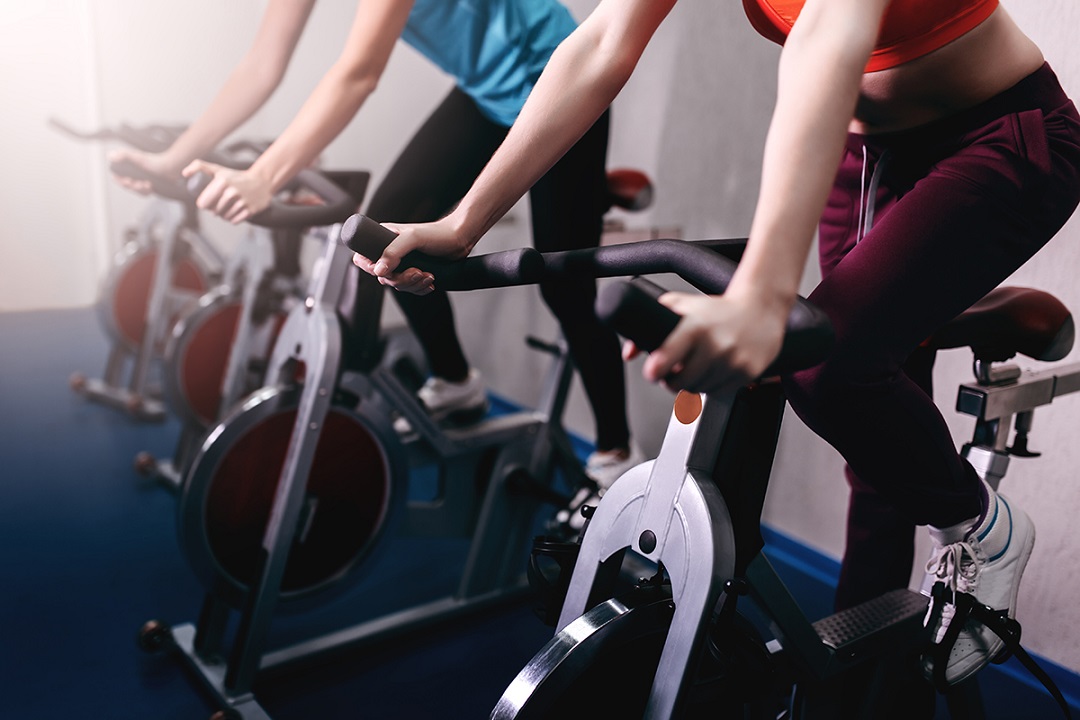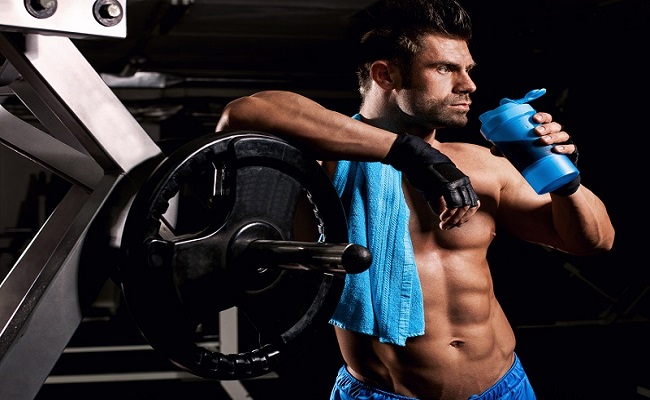The Pilates method practiced free-body on a mat or through specific machinery and equipment, develops coordination, relaxes muscle tension and strengthens the spine, by training the deep muscles placed between the sternum and the pelvis (the so-called “core”). According to a recent study published by Cochrane Review, it is also an effective remedy for chronic low back pain.
To understand Pilates what it is and if it is a discipline for us, it is interesting to know how this technique, very practiced in recent years, originated. Joseph Hubertus Pilates, nurse and former German boxer, opened his first Pilates gym in New York City in 1926. Always very attentive to techniques to reinvigorate and strengthen the body, he had designed a hospital bed a few years earlier where the wounded of war, thanks to special springs, they could do gymnastic exercises even when lying down. A real innovation in the field of rehabilitation, which thanks to the effectiveness of its method, immediately gained a lot of notoriety.
The benefits of Pilates
This discipline is indicated in cases of back pain and postural re-education. Moreover, the Pilates method brings benefits not only to the body but also to the mind. In fact, concentration and breathing are associated with the fluidity and precision of the movements. The muscular work that follows reinforces all the muscles of the trunk and in particular the lumbar area, the adductors, the abdomen, and the buttocks. Here is the center of gravity, an important area of strength and control for the whole body.
Pilates: useful tools for training
The Pilates is a very easy sport and given the versatility of its exercises can be practiced not only in the gym but also at home. Choose an environment that allows you to perform your exercises at best, away from the noise to obtain maximum concentration and therefore the best results. Sneakers are not required on the feet, socks or barefoot exercises can be worn. The training takes place on the ground, so get a foam mattress. For the greater comfort of the lumbar and sacral area, the use of an additional soft mat to be placed on the first one will be useful. When you have gained more skill with the discipline you can also use some tools such as small spherical weight to train the torso, arms, and shoulders or elastic rings for exercises dedicated to stretching and posture. Get loans from no id loans.
Pilates at home: here are simple exercises
When practicing Pilates exercises, try to do them as perfectly as possible. The execution and control of every single movement are among the main foundations of Pilates. Remember, however, to always start with simpler exercises and gradually increase the difficulty in subsequent training sessions, all in relation to the response of your body. Never exceed in duration and intensity during the first days of training. The control of breathing is also important. You breathe in through your nose when you start an exercise and breathe out when the effort is greatest. You can start with a few simple exercises, better if done daily, to quickly feel beneficial to the spine.
Roll Up Starting position:
lie on your back, arms stretched backward and raised from the floor with palms facing inwards. The legs are stretched and the feet hammered. Exercise: inhale the air as you slowly lift your torso off the ground until you are seated. The chin bends touching the chest and the outstretched arms follow the movement positioning themselves in front of you. At this point stretch forward for a few seconds and slowly return to the starting position and exhale all the air. Repeat the exercise five times. Purpose: the Roll Up is useful for improving posture, as well as being a valid aid for the abdominals and against muscle pain.
Rolling like a Ball Starting position:
sitting on the mat. Legs bent and detached from the floor. Hands hold each knee. Exercise: inhale the air and swing backward forming a C with your spine. In addition to your abs, tighten your buttocks as well, to obtain a better result. Exhale by returning to the starting position. Do not swing on the neck. Repeat the exercise eight times. Purpose: just like the name of the exercise your back will have to swing like a organiccbdnugs ball. Rolling as a Ball acts as a back massage, making it useful for the abs too. Avoid this exercise in case of spinal injuries, hernias or osteoporosis
Pilates Single Leg Circles Starting position:
lie on your back. Legs stretched on the mat. Arms stretched and slightly spaced from the body. Exercise: lift one leg upwards and make circles. It does not matter that the leg is perfectly stretched, nor is it necessary to bring it very high. Instead, concentrate on performing the movement, keeping your shoulders and pelvis still. Do a series of five rotations per leg clockwise and counterclockwise. Purpose: pelvic stability, strengthening of the leg muscles, in addition to effective hip movement.
Pilates The Swan Starting position:
lying face down on the mat. Legs and feet are stretched out and slightly apart from each other. Elbows bent. Hands with palms facing down, aligned at shoulder level. Adhere to the body as much as possible to the mat. Exercise: inhaling, lift the head first, then the upper body, stretching the arms forward and contracting the buttocks. Maintaining the position, also lift the legs from the ground forming the swan figure, which gives the name to the exercise. If you experience pain in the neck, keep your gaze forward, only those who have more flexibility can look towards the ceiling. Exhale and slowly return to the starting position. Repeat five times, until three sets are completed. Purpose: the exercise strengthens and stretches the back, relaxing the muscles of the neck and chest. It also balances the spine, a real help for posture especially after having been sitting at the desk for a long time or while driving, often assuming an incorrect position.
But undoubtedly one of the key benefits of Pilates is the flexibility and good mood after. This is especially helpful in sedentary work. More and more programmers, office workers.
Useful books to learn more about Pilates
-There are many useful books to consult for valid ideas; real best sellers on the subject are:
-“The Great Pilates Guide” by Lynne Robinson, Lisa Bradshaw and Nathan Gardner published by Tecniche Nuove. A book was written by internationally renowned instructors where you can deepen various aspects related to Pilates, such as the latest techniques and exercises, but also aspects related to health. It will be useful for beginners, but also for those with an advanced level.
-“Return to life. Pilates Method: the exercises and the original writings ” by Carocci Editore, is the book that Joseph H. Pilates wrote in 1945 together with William J. Miller on the foundations of this discipline. A cult for those who approach the Pilates method.
-“Cardio Pilates” by Mari Winsor is a fun cycle of DVDs where you can experiment with new exercises for an energetic workout.
You May Like Also-https://buzzjournal.co.uk/




